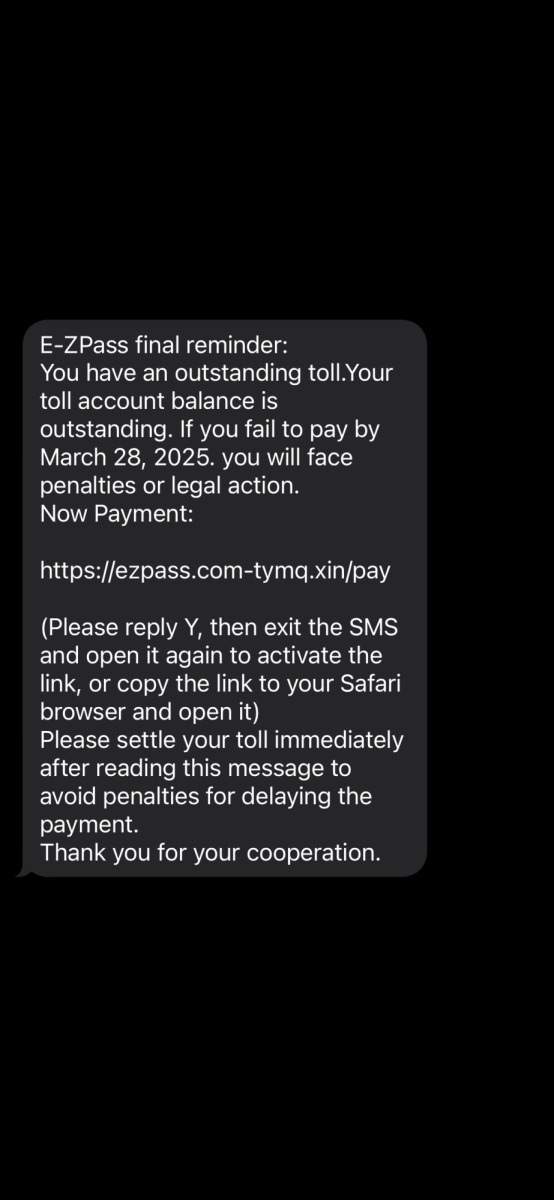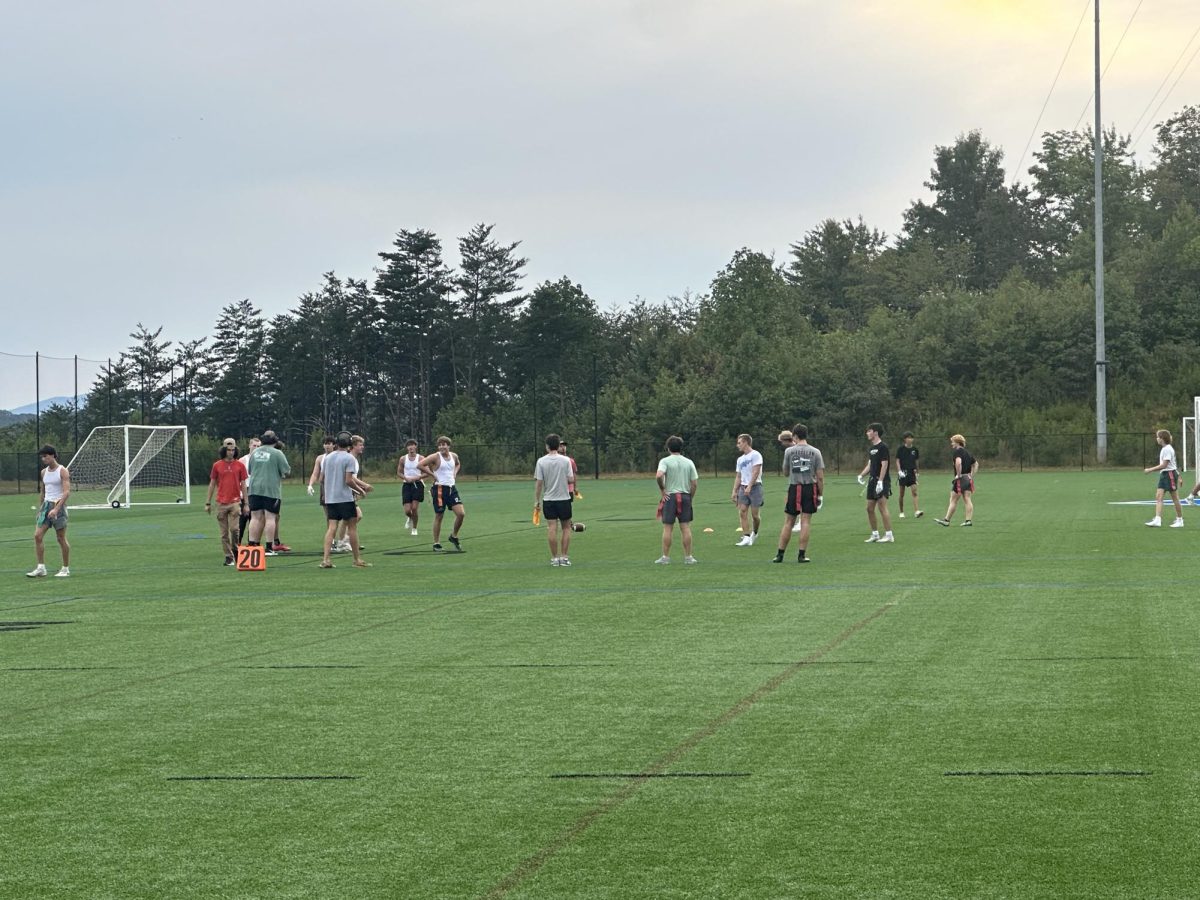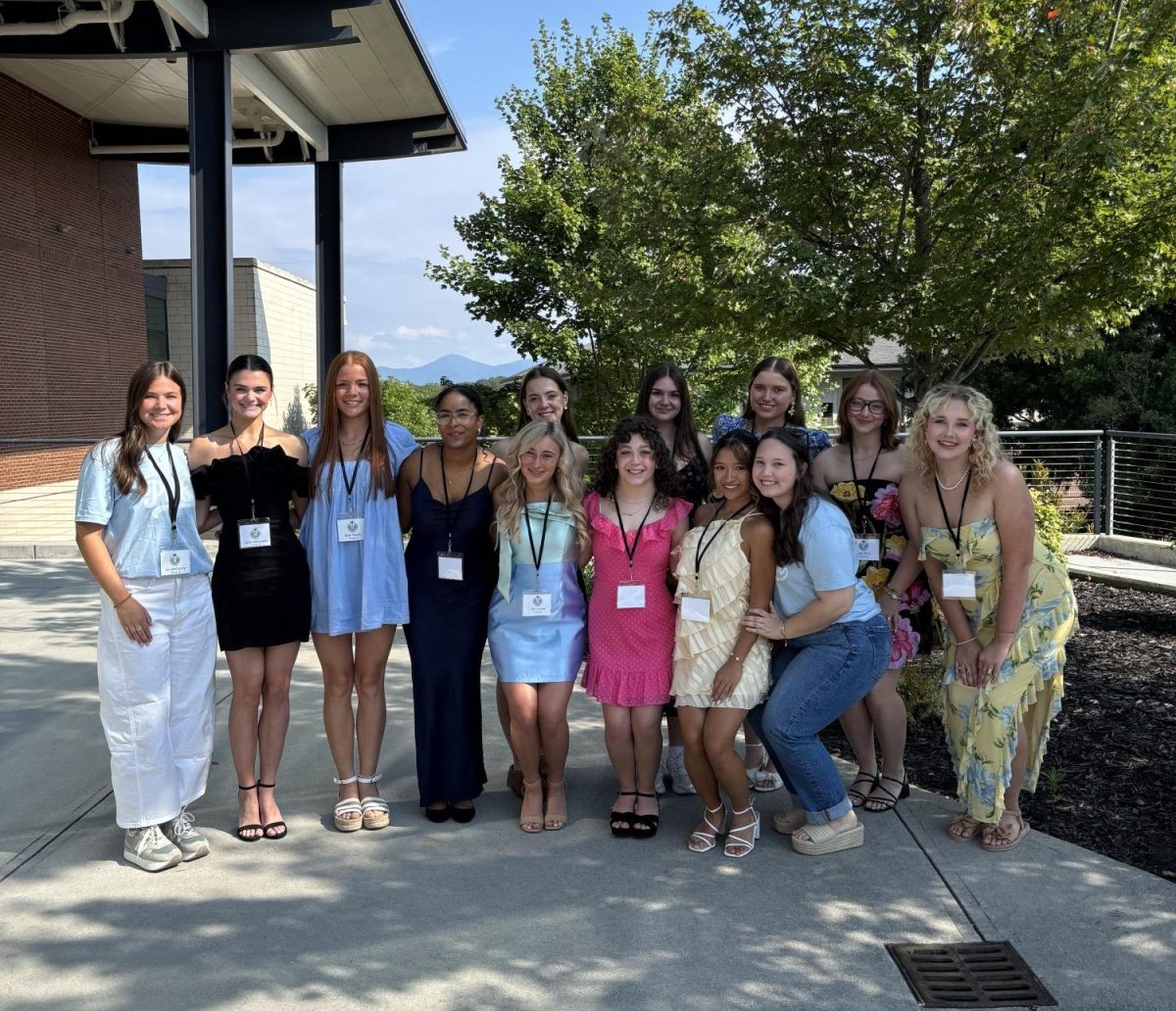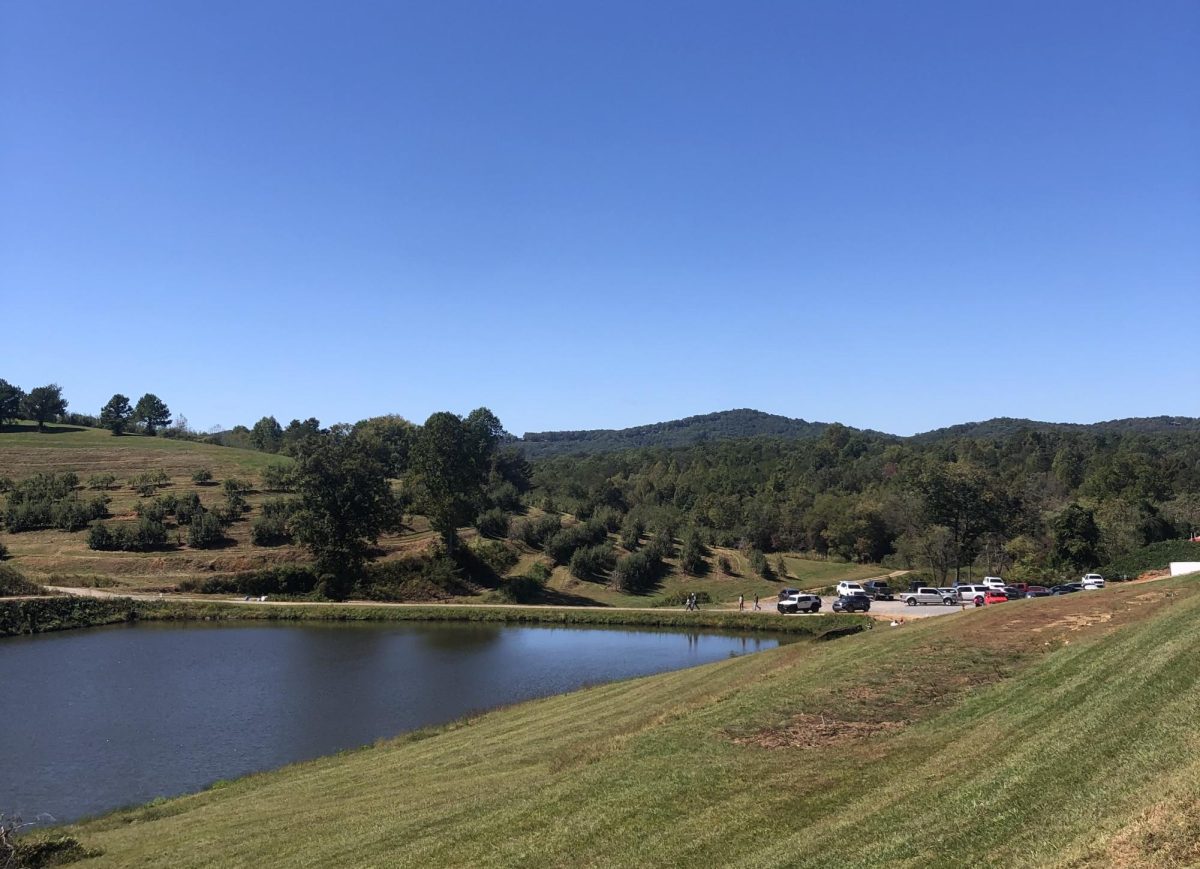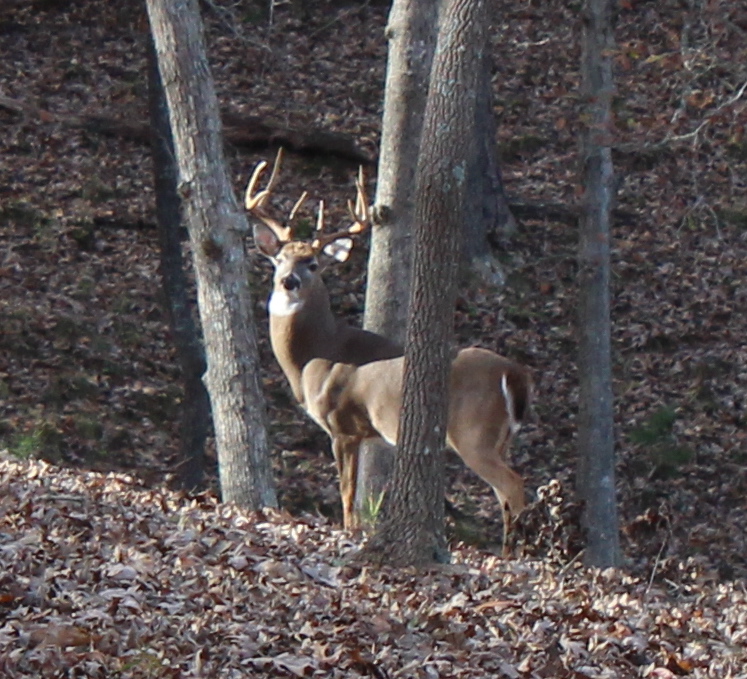It is the beginning of a new deer season in North Georgia, with bow season opening on Sept.
10th, muzzleloader on Oct. 15, and firearm on Oct. 22.
Georgia ranks 27th out of the 50 states in the percentage of residents who are license-carrying hunters sitting at 625,142. Georgia harvested a total of 257,454 deer in the 2021-2022 season, with Hall County contributing 2,898 to that total.
The population of deer in the state has averaged around 1 million since the early 2000s, with the number peaking in 1997 at 1.46 million. With this many hunters and a large population of deer, it is important for the state to practice good conservation and have strict laws in place in order to protect wildlife
Jaden Gallardo, a natural resources biologist out of Wisconsin, emphasizes the importance of practicing conservation in order to help maintain a balance within an ecosystem. Explaining that the average outdoorsmen and women can perform acts like hunting and proper tagging to help keep that balance.
The Georgia Department of Natural Resources: Wildlife Resources Division, accounts for all aspects of conservation. They are also responsible for creating plans to maintain wildlife populations and set rules regarding hunting procedures for all species.
Georgia is going into the seventh year of its 10-year deer management plan at the start of this new season. This 10-year plan has been centered around boosting the deer population due to the previous plan’s large dropoff in numbers. The current plan has seen good results, so much so that efforts are being made now to bring the population down.
A recent change came in the 2018-2019 season with the WRD voting to allow hunting deer over bait with the permission of private land owners in the Northern Hunting Zone. Georgia’s Southern Zone has been able to bait deer for a while so the change comes in order to rid the disparity between the two.
Georgia has also changed the number of deer that are allowed to be harvested in a season, bumping it up from 10 to 12 deer total. Hunters can bring home up to 10 antlerless deer and no more than two antlered deer.
Hall County has extended the length of its bow season to the end of January, instead of the normal end date of Jan. 8. Local outdoorsmen Patrick Wiley felt that the local and state governments are moving in the right direction.
“I have always said that our state is kind of in the middle, we are not terrible but there is always room for improvement,” said Wiley.
There are currently two diseases the WRD has deemed the main threats to the deer in Georgia, Chronic Wasting Disease and Epizootic Hemorrhagic Disease.
EHD causes sluggish behavior and swelling in deer’s neck, head, especially tongue. It also leads them to release mucous, saliva, and blood from their nose. However, the disease is mostly internal so the symptoms may not be seen until the grotesque final stages.
CWD is a neurological disease that leads to strange behavior in deer and causes them to appear emaciated. Other symptoms include excessive salivation, head drooping, and lethargy.
CWD is the more concerning of the two as it is highly contagious, contracted not only by bodily fluids but also by contaminated soil, food, and water. While there have been no cases of CWD in Georgia, surrounding states like Alabama do have confirmed cases.
Wiley felt now that baiting is legal hunters need to be spreading it out to help prevent the creation of a breeding ground for disease with all the cross-contamination of multiple herds visiting that food source.
Wiley feels we are beginning to see the early signs of overpopulation and fears that the resources are starting to dwindle, opening the door for a potential large spread of disease. “We have got to get the population down,” he said.
Feature image by Jennifer Kot.


